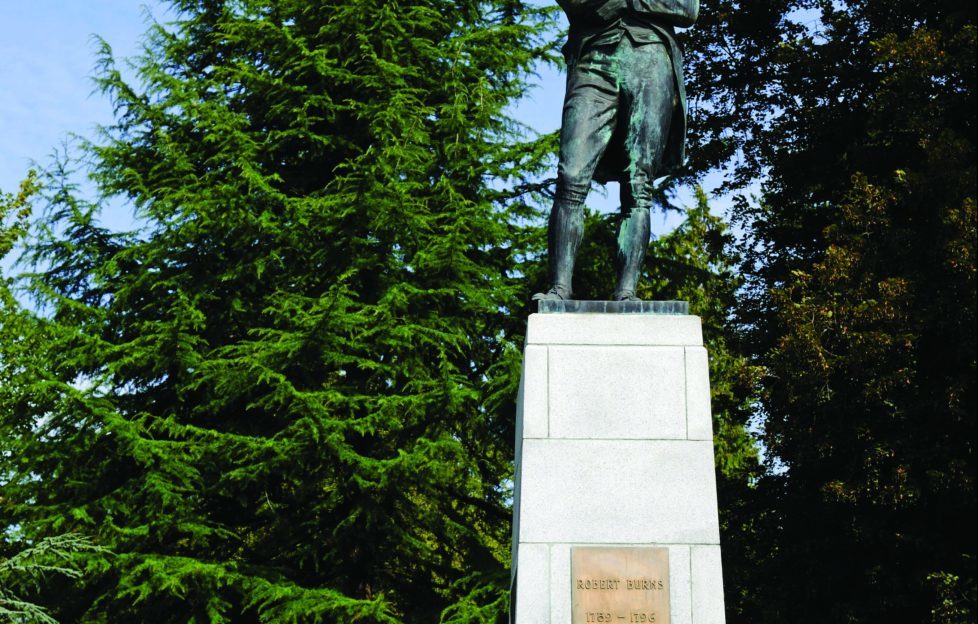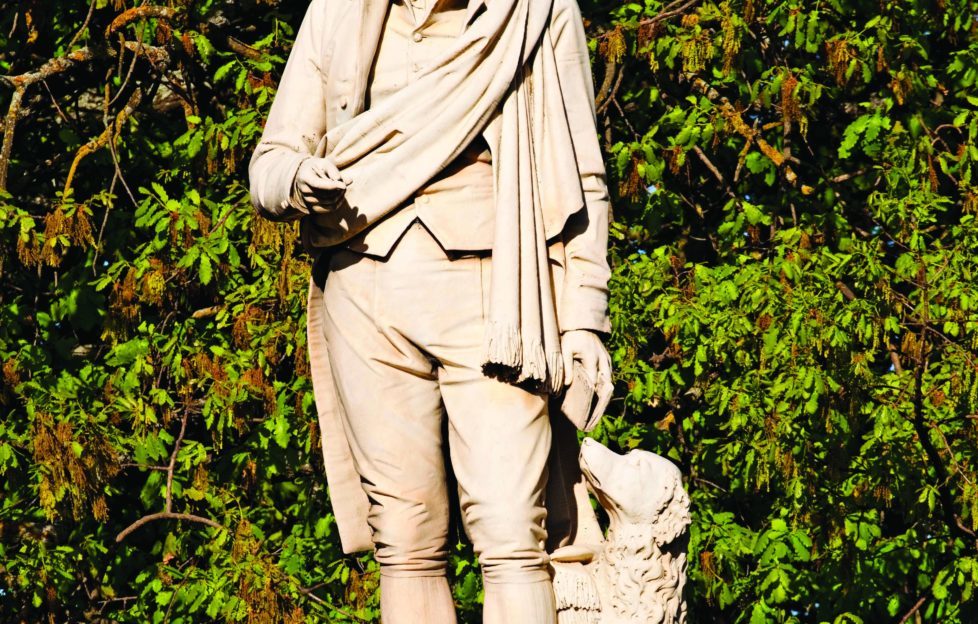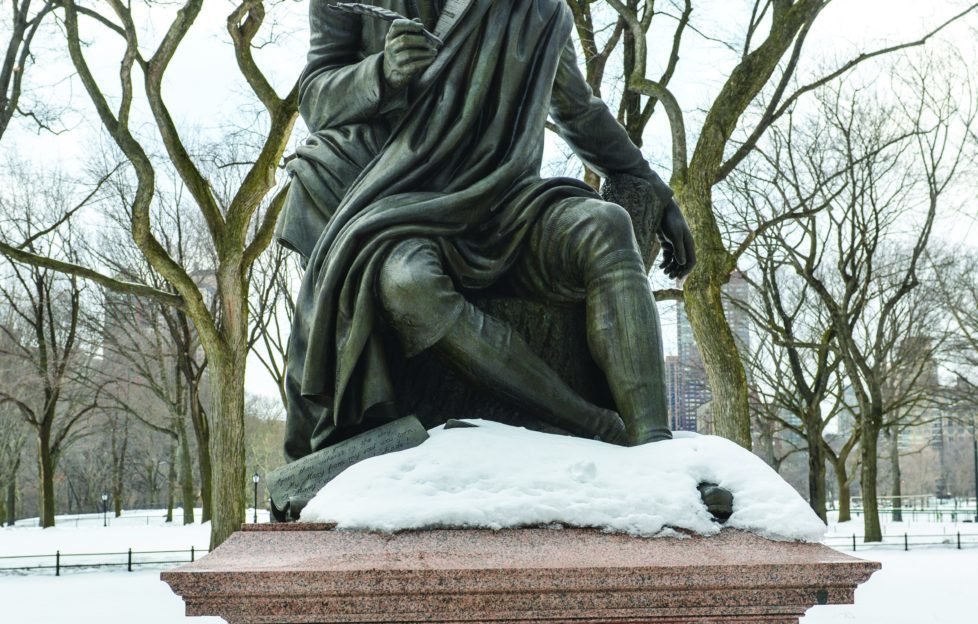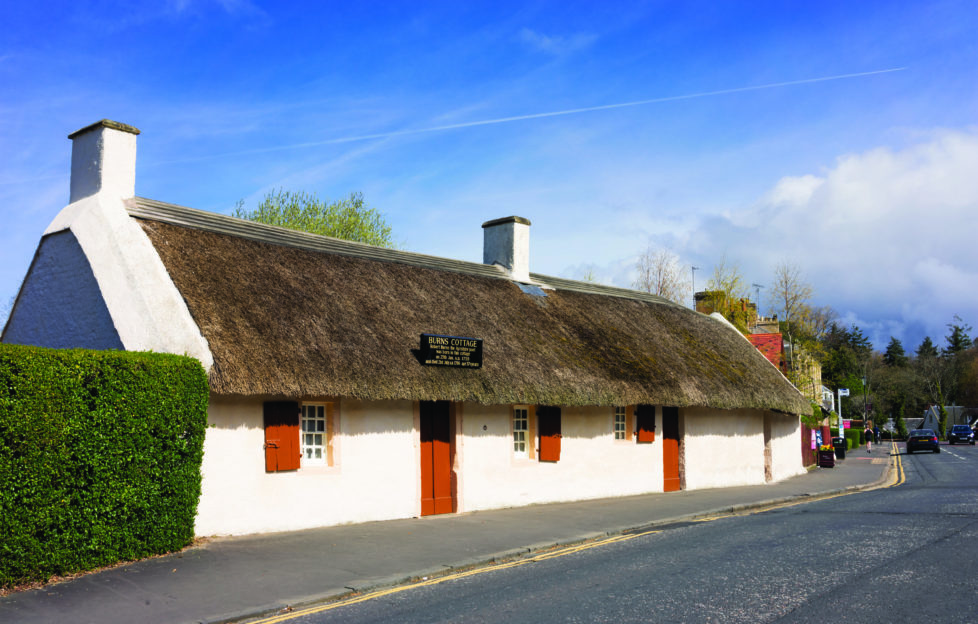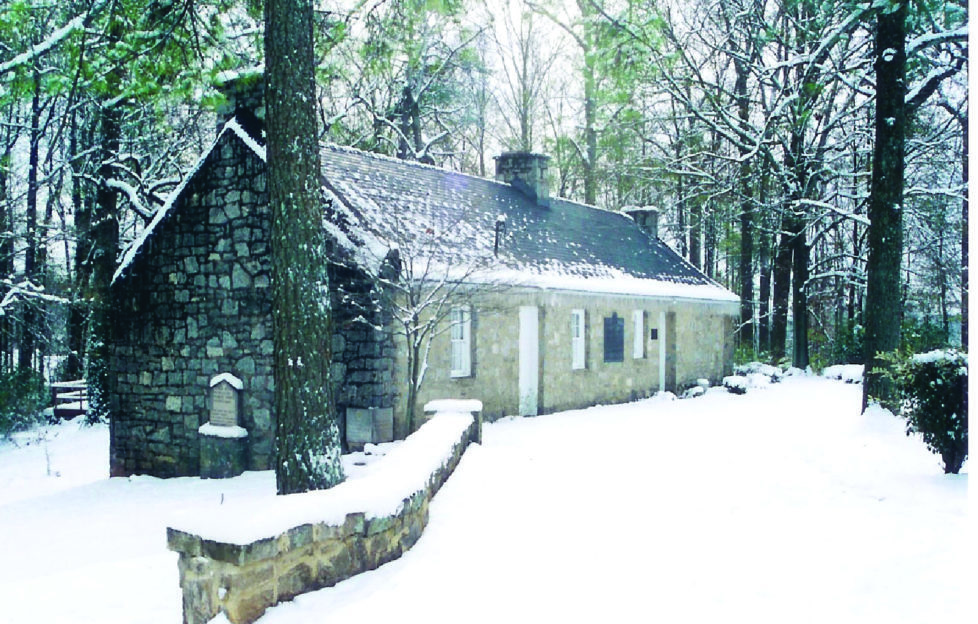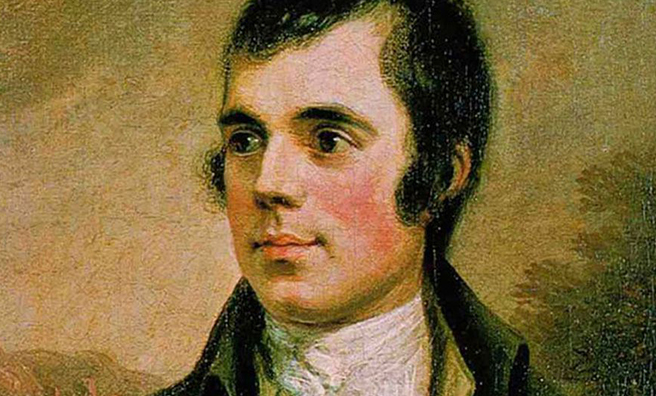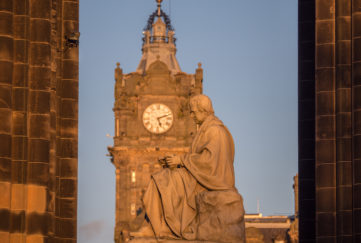Burns, Set In Stone
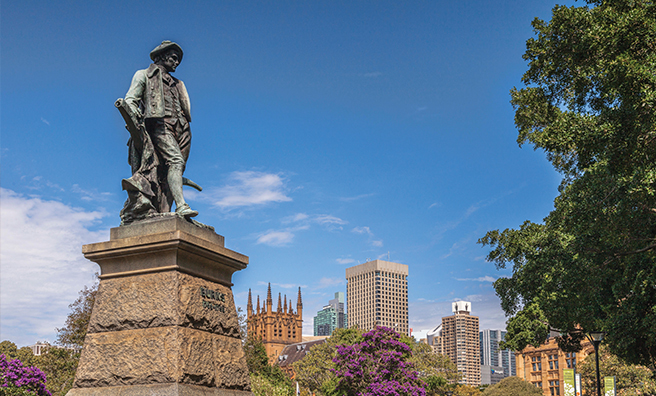
Memorials to the Bard exist all around the world
MANY years ago I met with members of the Atlanta St Andrews Society in Georgia, USA. They told me how, like many others, they had only been formed in the 1980s.
It was partly a reaction to Alex Haley’s book Roots. It raised Black Consciousness and a recognition of being African American. Likewise, it encouraged a desire in the white community to find their own roots – and many proudly laid claim to a Scottish American heritage.
There are Scottish societies elsewhere in the southern States of considerable vintage. Understandable, as for many years Atlanta was an important rail junction but not the major city it has become. Other towns were of greater significance and Charleston, South Carolina, for example, has a St Andrews Society that was established in 1729.
The Charleston Society was important in the community and built its own premises, the largest hall in the historic southern city. Accordingly, it was in the St Andrews Hall that on December 29, 1860, delegates from across the state gathered to vote for the secession from the Union.
Four months later, guns opened fire on the federal base at Fort Sumter heralding the start of the American Civil War.
The hall has since burned down, but the “secession” table stands in the Charleston Museum, testifying to the society’s important role in the history of both city and country.
A Burns Cottage replica – 4000 miles from the original!
Back in Atlanta, after enjoying the southern hospitality lavished upon me, I was taken to visit the Burns Club of Atlanta which they said was much older than their organisation. So it was off in a car across metropolitan Atlanta to meet them.
Turning off Confederate Avenue into Alloway Place, nestling amid the large pine trees, was what seemed to be an apparition; a full-scale replica of Burns Cottage in Ayrshire. But it was real.
The club had been founded in 1896, the centenary of the Bard’s death. The cottage had been built by members over many years and finally finished in 1910. It remains the only replica anywhere in the world, and was constructed from original plans. Hence there’s even a bend in the middle, as in Alloway.
Modern health and safety rules have since required some technical changes including the loss of the thatched roof but other than that, it stands as it did – as with the original, thousands of miles across the Atlantic.
It’s open not just to those of Scots descent but those who simply admire the work of Scotland’s Bard. Hence why Dr Joseph Jacobs, of German Jewish origin, was one of the founding members. His claim to fame, the Club narrates, is that he advised his friend and fellow pharmacist Dr John Pemberton that the new cordial he was selling would taste better with soda water. The advice was taken and that cordial became Coca-Cola!
Atlanta remains its corporate HQ to this day. Perhaps there is a justification for all those unable to partake in a dram at a Burns Supper having a Coke instead!
This is not the oldest Burns Club in the South. Savannah and Macon, Georgia and Meridian, Alabama were all established before the centenary of Burns’ birth. Quite astonishing when considering that in 1859, 100 years from his birth, the American Civil War hadn’t commenced and migration across the Mississippi into many mid-west states hadn’t even begun. Yet there were celebrations that year in at least 61 American cities –including one in Springfield, Illinois attended by Abraham Lincoln, he who was soon to become US President and who was a lifelong admirer of the Bard.
Inside the cottage were photos of Burns statues, which were as impressive as the building in which they were housed. Central Park, New York and Garfield Park, Chicago were maybe to be expected, given the success and influence of the Scottish communities there. Cheyenne, Wyoming, was most certainly not. However, stand it does to this day.
More statues than any other non-religious figure, except Christopher Columbus and Queen Victoria
Indeed, there are 14 statues in the USA. Canada and Australia both host seven, and New Zealand has four. There’s also one in Belfast, as well as one at the Sorbonne in Paris. Recently, one has been placed in the Scots Club in Tallinn, Estonia.
Some of those can be explained by benevolent wealthy Scots, or either academic or historic links. However many can’t, and were paid for by local subscription through the Scottish community. Vancouver was a case in point, where a dollar was requested from every Scot. Located in Stanley Park in the heart of the city, it was unveiled in 1928 by the former Prime Minister Ramsay MacDonald who was persuaded to sail across for the occasion. Testimony to the influence of the Scottish community!
I asked a friend at the Scots/Irish department of Simon Fraser University, Vancouver, for his thoughts on why they had been erected. He felt that it was when a Scottish community wanted to show they had settled in a new land, and yet display who they were and where they’d come from. In almost every case the statues predated the restoration of the Scottish Parliament, and were often established at the height of the British Empire.
Accordingly, there was no flag or consulate to represent them. So how did they express who they were and where they’d come from in their new home?
A statue was as much an expression of who they were as Scots, as veneration of their national Bard. For Burns symbolises the lad o’pairts, egalitarianism, hard work and education, pride in their Scottish identity; as well as the loss that comes with emigration. His work expresses all that and more. Erecting a statue, they were acknowledging their settlement in a new land but recording the people they were and the land from whence they’d come.
On Burns Night a toast will be drunk to the Bard around the world and his sculpture stands in far corners of it. Each of those statues tells a story about a Scottish community.
- Robert Burns Memorial in Stanley Park, Vancouver, Canada. Pic: Alamy
- Burns monument in Ballarat, Australia. Pic: Alamy
- Burns statue in Central Park, New York. Pic: iStock
- Alloway, UK – April 24, 2016: The thatched cottage in Alloway on the outskirts of Ayr, where the poet Robert Burns was born in 1759. Traffic and pedestrians on the street in the background behind the preserved building.
- The replica cottage in Atlanta, Georgia! Pic: Frank R Shaw, electricscotland.com
Burns Facts!


